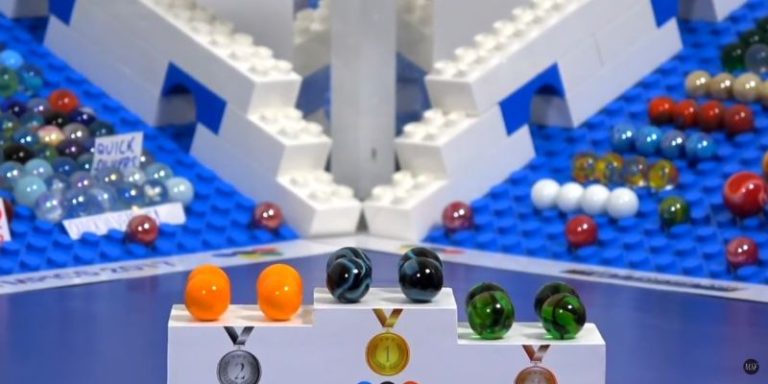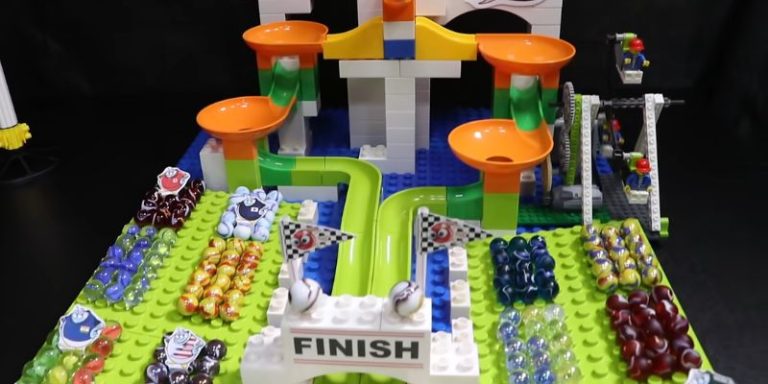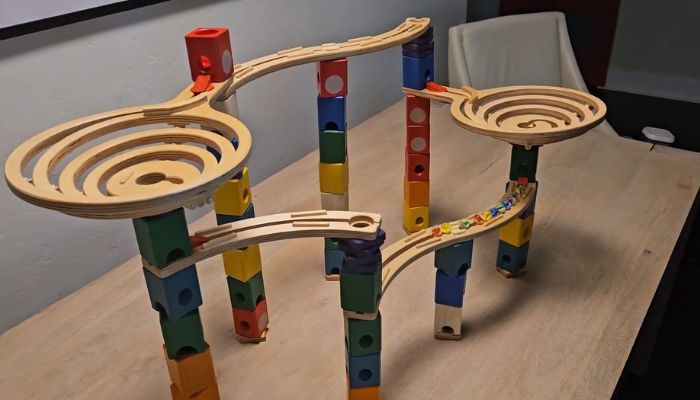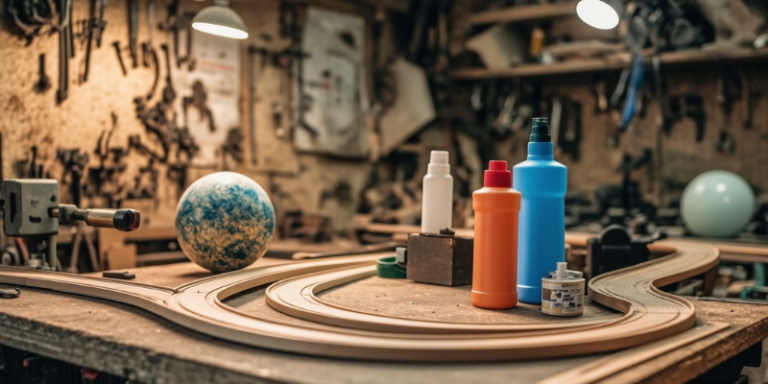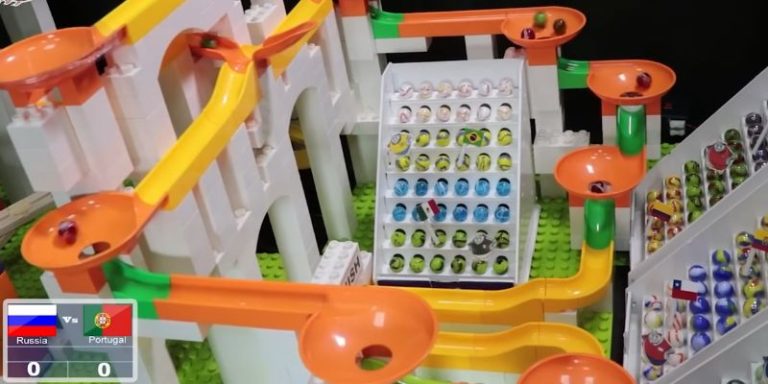Marble racing in sand: Tips and Tricks for better tracks
Marble racing in sand is a captivating activity that combines the thrill of competition with the creativity of designing custom tracks in natural settings. Unlike traditional pre-constructed tracks, sand racing introduces unpredictability and artistic freedom, making each race unique. This article explores the appeal, challenges, and growing popularity of sand marble racing as a fun and dynamic pastime for all ages.
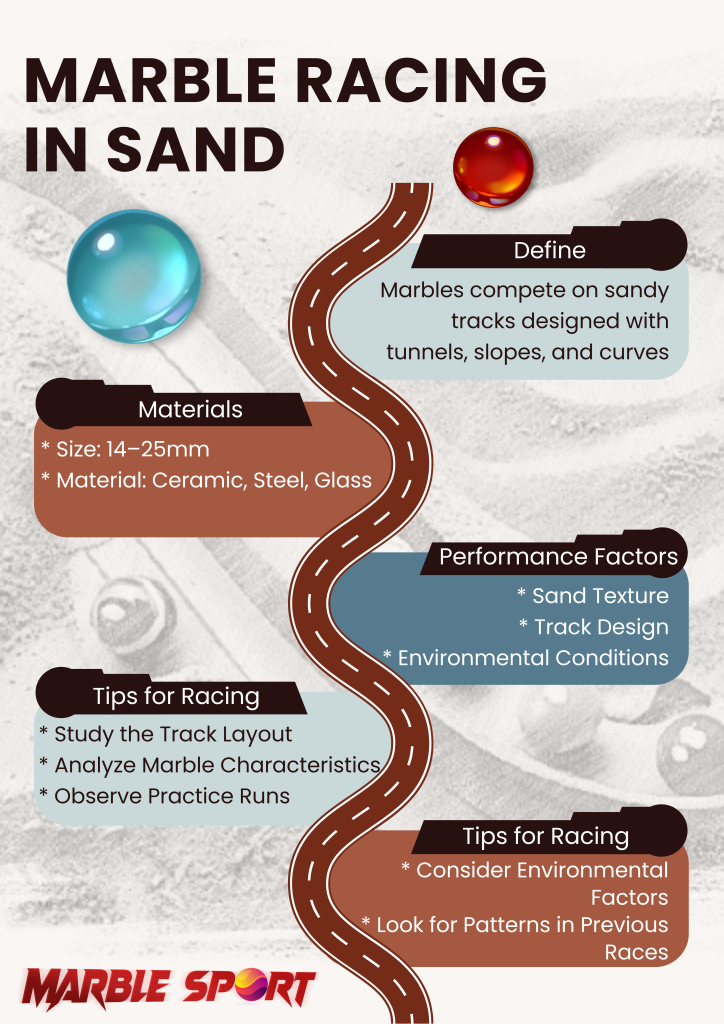
What is marble racing in sand?
Marble racing in sand is the creation of tracks on sandy surfaces where marbles compete by rolling through custom-designed courses. The natural and unpredictable terrain of sand adds excitement and challenge, unlike traditional indoor tracks. Participants can race marbles on beaches, parks, or sandboxes, fostering creativity in designing unique paths with features like tunnels and slopes.
This engaging outdoor activity combines fun with engineering skills, offering a dynamic way to enjoy friendly competition. For an even more immersive experience, check out some of the best marble racing videos that showcase thrilling sand races.
Marble materials and designs for sand racing
Choosing the right type is essential for achieving optimal performance on sand tracks. Larger marbles, typically 14mm to 25mm in diameter, are better suited for sand racing because their weight allows them to maintain momentum over uneven surfaces. Heavy materials like ceramic or steel are also advantageous, as they provide stability and resist slowing down on soft sand.
Smooth, polished glass marbles are popular for their ability to reduce friction, helping them roll consistently on sandy terrain. Brightly colored or uniquely patterned marbles add a visual element to the race, making it easier for spectators to track their favorites during the competition. Ultimately, selecting one with the right balance of weight, size, and smoothness ensures a fair and exciting race. If you’re inspired to create your own track, explore how to make a marble racing track and start designing your perfect course.

Factors influencing marble performance on sand
Several factors influence performance on sand, from the track’s design to environmental conditions. The composition of the sand is a key determinant; fine, compacted sand allows marbles to roll smoothly, while coarse or loose sand increases resistance. Moisture also plays a role—slightly damp sand provides a firmer surface, while dry conditions cause shifting, disrupting movement.
Track inclines and curves further impact performance, as steeper slopes boost speed while sharp turns test a marble’s ability to stay on course. Environmental factors like wind can introduce unpredictability, especially on outdoor tracks. Understanding these elements helps racers and designers create better strategies and tracks for optimal performance.
The joy of watching sand marble racing
One of the greatest pleasures of marble racing in sand is the thrill of watching marbles navigate unpredictable tracks. The natural terrain creates challenges that keep spectators on the edge of their seats as they zip through tunnels, leap off ramps, and tackle steep descents. The visual appeal of sand tracks, often adorned with creative decorations, adds another layer of enjoyment to the experience.
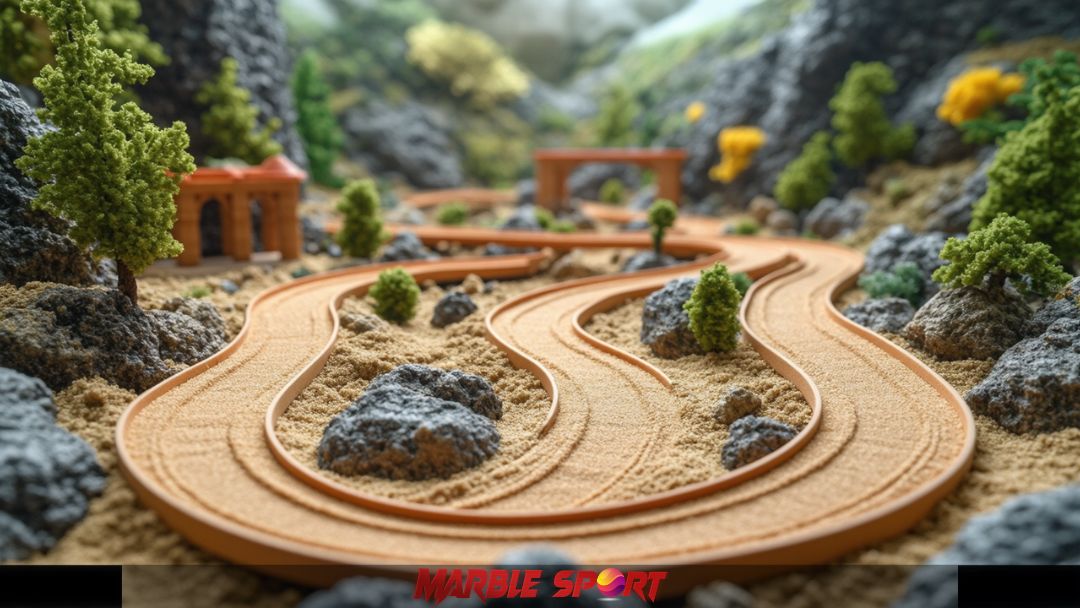
Beyond the competition, sand marble racing fosters community and camaraderie. Friends and families can cheer for their favorites, while designers take pride in crafting tracks that test skills. Whether enjoyed as a casual pastime or an organized event, this activity offers a sense of connection and shared excitement that’s hard to replicate elsewhere. Whether enjoyed casually or as an organized event, watching marble racing live delivers an exciting and engaging experience for all.
Tips for racing marble on sand tracks
To improve predictions, observing the track layout is crucial, as steep slopes favor speed while curves demand control. Understanding different characteristics is equally important; larger marbles with rough surfaces grip loose sand better, while smaller, smoother ones excel on packed tracks. Watching practice runs reveals performance trends, such as marbles that slow on obstacles or maintain a steady speed.
Environmental factors, like dry or damp sand, significantly impact marble movement, influencing predictions. Finally, analyzing patterns from previous races can highlight consistent performers or marbles prone to stalling, offering valuable insights for players.
For those passionate about marble racing in sand, the thrill of competition blends seamlessy with creativity and the unpredictability of natural terrain. With endless possibilities for track design, it’s an exciting and accessible pastime enjoyed by enthusiasts worldwide. Whether you’re experimenting with your first course or fine-tuning your strategy, Marblesport.com provides a place to celebrate the excitement and evolution of the game.
FAQ about marble racing in sand
Where can I watch sand marble racing from 2021 and 2022?
Most races are available on YouTube, especially on the Jelle’s Marble Runs channel.
Who are the top competitors in Sand Marble Rally?
Marbles like Red Number 3, Ghost Plasma, and Cool Moody are among fan favorites.

